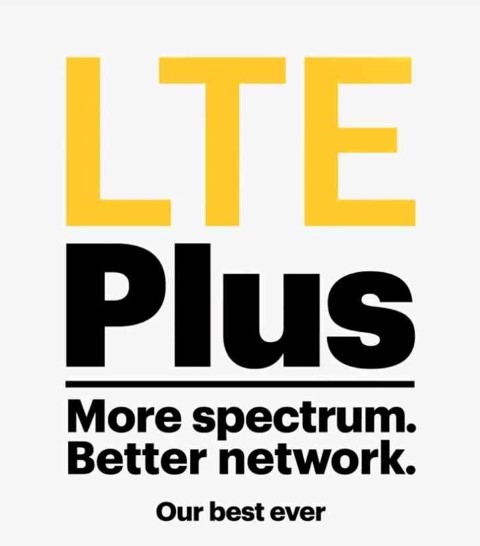One month with Sprint LTE Plus: Good coverage, fast speeds, and great prices


I used to review Sprint phones and when the HTC EVO 4G was released with WiMAX back in 2010 I almost switched from T-Mobile to Sprint just to get the phone. However, over the last couple of years, Sprint has failed me too often so I stopped reviewing its phones.
But over the past year, Sprint has been making significant improvements to its LTE network and as ZDNet's Jason Cipriani pointed out it currently has compelling plan options, making it one of the least expensive carriers in the US.
As always, the best carrier is different for each of us since we all live, work, and play in different areas of the country. It just so happens that Sprint does very well in Seattle and after using the Samsung Galaxy S7 with LTE Plus for a month I could easily switch to Sprint and be perfectly satisfied.
Sprint's current LTE Plus network, which used to be called Sprint Spark, is a tri-band LTE network that uses the 800MHz, 1.9GHz, and 2.5GHz frequencies to provide service. Sprint uses advanced wireless technologies like carrier aggregation and antenna beamforming to provide faster service with double the network capacity and increased speed. PC Magazine's yearly wireless network tests revealed that LTE Plus provides peak speeds in excess of 100 Mbps on capable devices and the Samsung Galaxy S7 is such a device.
Phones that currently support LTE Plus include the iPhone 7, iPhone 7 Plus, HTC 10, Samsung Galaxy S7, Samsung Galaxy S7 Edge, LG G5, LG V20, and LG G6.
Featured
While I never saw 100 Mbps in a speed test on the S7, I did have coverage for my entire Sounder commuter train ride from Puyallup to Seattle and back. The train often travels on the edges of towns where coverage is a bit weaker than normal, but Sprint did well at keeping me connected.
My neighborhood has always been terrible for Sprint and while it isn't stunning with full bars, I regularly see half of the bars with a signal strength measured in the -90 dBM range. This is still a fairly weak signal, but I have been able to install apps, make calls, and text with no issues.
As Sprint continues to the coverage and speeds of its wireless networks, it offers compelling plans and special promotions on a regular basis. Currently, Sprint customers can purchase a new Samsung Galaxy S8 or S8 Plus and after twelve months of payments, switch to the next Samsung Galaxy. This plan is called Galaxy Forever and if you enjoy using Samsung's latest device every year, then it is an offer to consider.
I shied away from even considering Sprint a couple of years ago, but after using the S7 this past month with LTE Plus I look forward to seeing continued improvements in its network coverage and speed. As you can see in Jason's recent unlimited US carrier comparison, Sprint offers the lowest cost plans for up to four phones.
Comparing Verizon's unlimited plan -- and the catch: